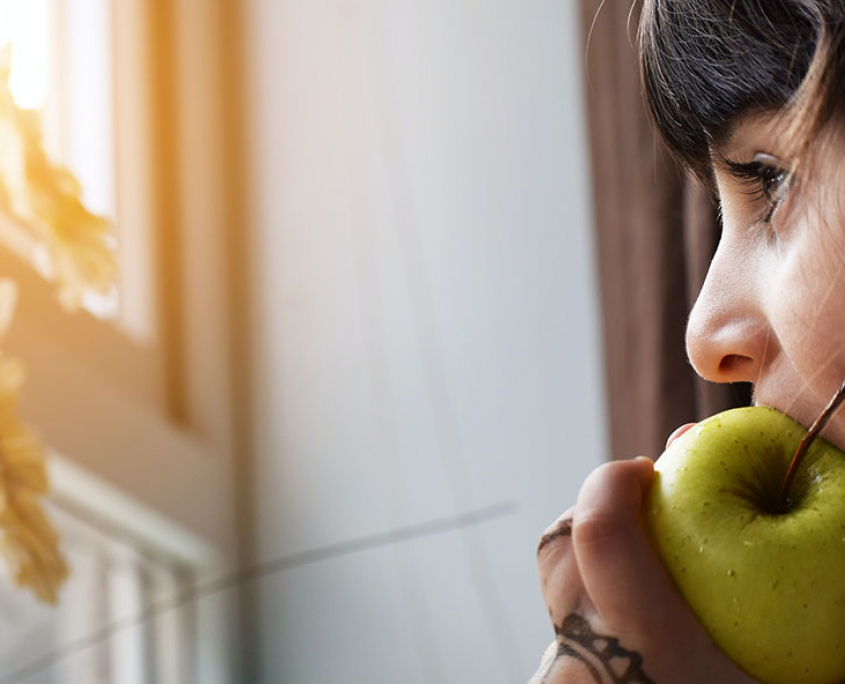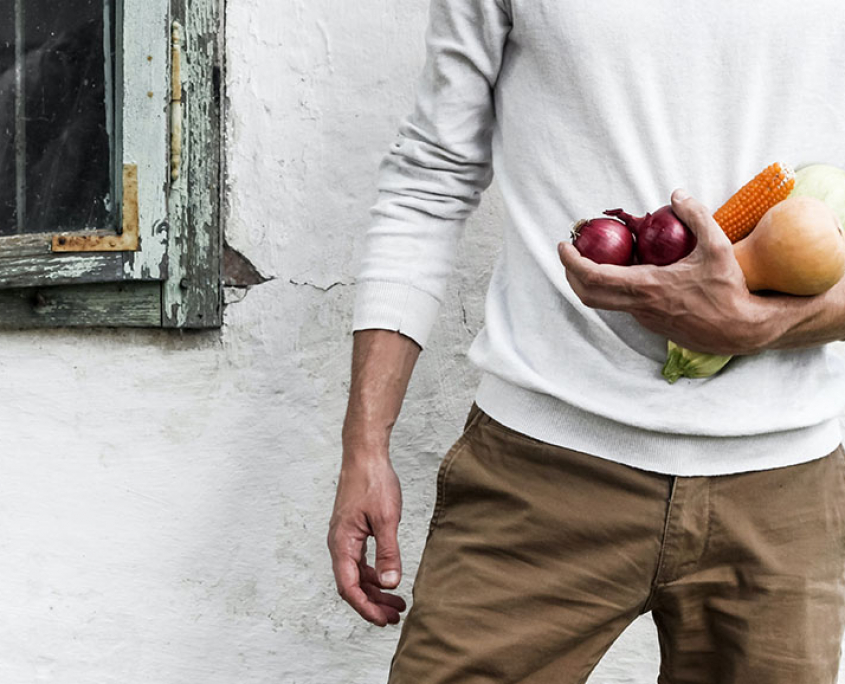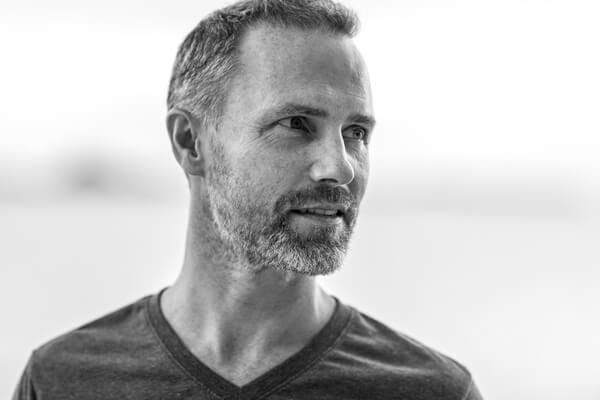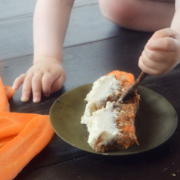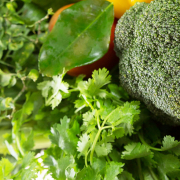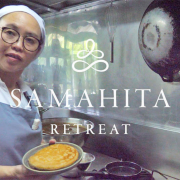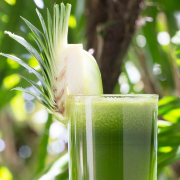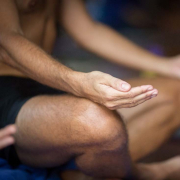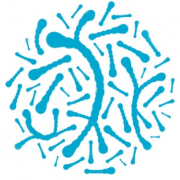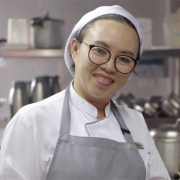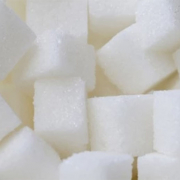 https://samahitaretreat.com/wp-content/uploads/2019/11/5-Tips-to-Conquer-Sugar-Cravings.jpg
515
1000
Rebecca Newell
http://samahitaretreat.com/wp-content/uploads/2024/01/samahita-logo-v2.svg
Rebecca Newell2019-11-26 00:00:002024-02-15 09:32:515 Tips to Conquer Sugar Cravings
https://samahitaretreat.com/wp-content/uploads/2019/11/5-Tips-to-Conquer-Sugar-Cravings.jpg
515
1000
Rebecca Newell
http://samahitaretreat.com/wp-content/uploads/2024/01/samahita-logo-v2.svg
Rebecca Newell2019-11-26 00:00:002024-02-15 09:32:515 Tips to Conquer Sugar CravingsFood and Yoga: the original intermittent fast and time restricted eating
” Yoga becomes ineffective by overeating …..”
A clear statement noted down at least 700 years ago in the key Hatha yoga text, Hatha Pradipika (I.15).
Mitāhara – moderate eating – then becomes the clarion call of how to manage food with a yoga practice, whether your aim is a healthier physical body or a wish to progress in meditative practice.
There is no direct advice given in any older yoga teaching that demands being a vegetarian or vegan. Though you may interpret some other aspects, as in non-violence, to mean vegetarianism, but that is a full debate of its own.
-
- What matters most is you eat natural, non-processed food items
- In moderate quantities
- At certain times of the day
AND - You only eat when you are hungry
Such an approach respects food as a contributor to prāna, your own level of energy.
If you eat too much or too little you will either be bloated and heavy or weak and shaky. The Bhagavad Gita emphasizes this point: “yoga is neither for those who eat too much or eat too little.”
Photo by NordWood Themes on Unsplash
Again we are advised the middle path. Balance. If you have a hard time figuring this out look at your own energy level. It is an indicator right in front of you. If you are not feeling light, bright and energetic every day then some part or parts of your lifestyle are off. Look at:
- Food quality and quantity
- Sleep quality and quantity
- Physical activity quality and quantity
I followed a very involved path of yogic meditative practice that included specific dietary advice in terms of how much to eat and when:
- Only eat after practice late in the morning or even by lunchtime
- One main meal in the day. Usually it was lunch but depends on family life
- If lunch was the main meal then evening was very light – a smoothie or, back then, a cup of warm organic raw milk
- Some evenings nothing so a 24-hour period of fasting took place – lunch to lunch
- Essentially eating within a window of 11am to 7pm – including coffee, smoothie, chocolate timing
- Good news in all of this – coffee was and still is great. Now a coffee with cocoa butter and MCT oil is all I have before 1pm. Then a good lunch. A smoothie in the evening. Or if with my children in the US it changes to coffee, smoothie, and then the main meal as an early dinner. Plus wherever I am I squeeze in an afternoon coffee. And dark chocolate.
- Since day one I was advised good fats are essential. I continue to take everyday. They keep me lean, healthy and energized. Butter, ghee, MCT oil, olive oil, and omega 3s are my main oil inputs. In the early days I lived almost on ghee.
- Then wake up in the morning able to have a full, healthy bowel movement, fresh and full of energy
If you do not wake up fresh, need to nap a few times in the day, get tired easy, have a hard time with morning bowel movement then, regardless of yoga practice, you need to really look at the what and when, but above all how much, you eat.
If you are confused and don’t know what to do then simply EAT LESS and especially at night.
It’s so amazing and powerful that it is now in the news (1). I found when I ate less my body cleaned out more efficiently – healthier and better bowel movements. It’s like less emails in your inbox so you can finally clear what is there. In today’s scientific language we would relate that to how each cell naturally detoxifies, through “self-eating”, autophagy (2).
Not only can you assess the effects in daily energy levels and bowel movements, but if you do yoga body or breath practices you will notice a veritable difference, hence the advice. Light at night means a morning asana practice is super light and more open, a pranayama practice experiences a different level of breath holding. To aid it Hatha yogic practices of Nauli and Agni Sara are advised (3).
The approach to food I highlight above, that I have spent over 20 years doing and can vouch for based on my overall level of energy, have now caught the scientific attention of a few and made it to the public domain in quite an impressive way – impressive because they are good advice:
- Intermittent fasting: every second or third night no food so a 24-hour fasting period happens
- Time restricted eating (TRE): eat within a 6 or 8 or 10-hour window. Ideally not too late.
- Good fats: the rise of the keto movement, only 1,000 years behind Hatha yoga advice !!
- Fasting mimicking as opposed to caloric restriction: not every calorie is the same so you can eat less but more nutritious, calorie dense. If doing a yoga-meditative type practice or just using your brain in multiple ways then being sufficiently nourished is essential
In addition to the body cleaning out better the cycling of eating-to-not-eating takes your body and every cell through feast and famine, clean out and restore, a mild stressor (hormesis) followed by a re-feed (which activates a pathway to build up your body anew and better).
- For better health, better thinking, more energy, deeper meditation:
- Eat less
- Eat light at night
- Eat within an 8-hour window
- Eat things you like
- Eat more natural than processed
And drink good water, enough throughout the day
Dr. Paul Dallaghan’s expertise with breathwork, body and meditative practices comes from three sources: (1) three decades of daily dedicated practice and teaching these techniques; (2) uniquely acknowledged in the Yoga tradition by the title of “Master Yogi-Prānācharya (expert in breath)”, following an immersion in the original culture through one-on-one direct training in practice and study of ancient texts; (3) a PhD in doctoral scientific research at a leading US university (Emory) covering both the tradition and science of yoga and breath practices in terms of stress, health and aging. As a result, Paul occupies a unique space to impart genuine teaching and science on the breath, body, and meditative practices, seen as a Teacher-of-teachers and identified to carry on the tradition of Pranayama. His sincere and ongoing role is to teach, write and research, to help put out experienced and authentic information on these areas of how we live, breathe and be, to help people improve their mental and physical health, and live more fulfilling lives.
For more on his background see his bio
References
- BBC long reads
The secret to a long and healthy life? Eat less
https://www.bbc.com/future/article/20170601-the-secret-to-a-long-and-healthy-life-eat-less?fbclid=IwAR0xby8L3yRj_dkiV8PeIPX8nDuKcLD6O1nbA4uFiQ3-PvCnomd2iocAvxA - (Autophagy article)
- Link to our videos/articles on Nauli and Agni sara
More from the Samahita Blog
